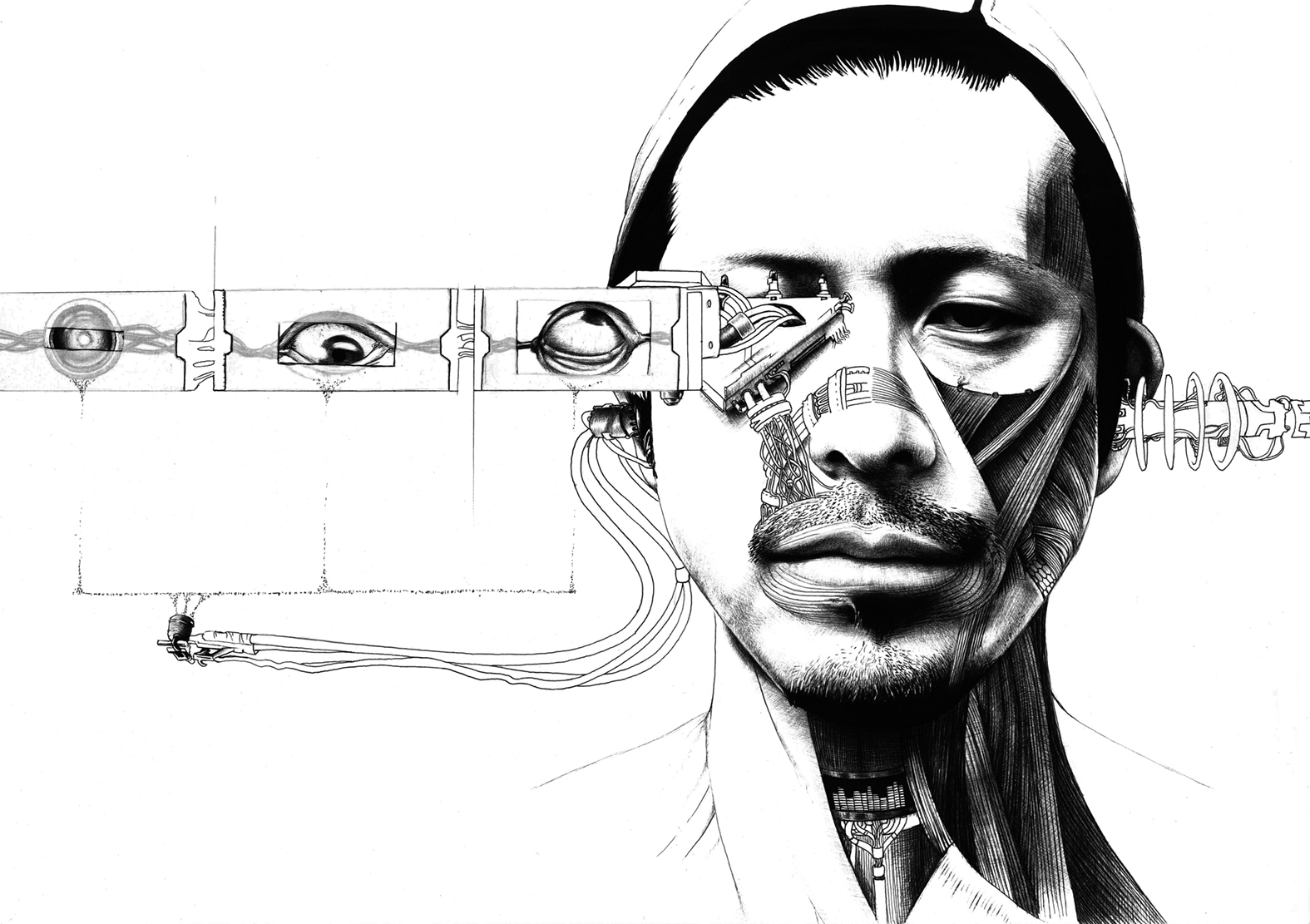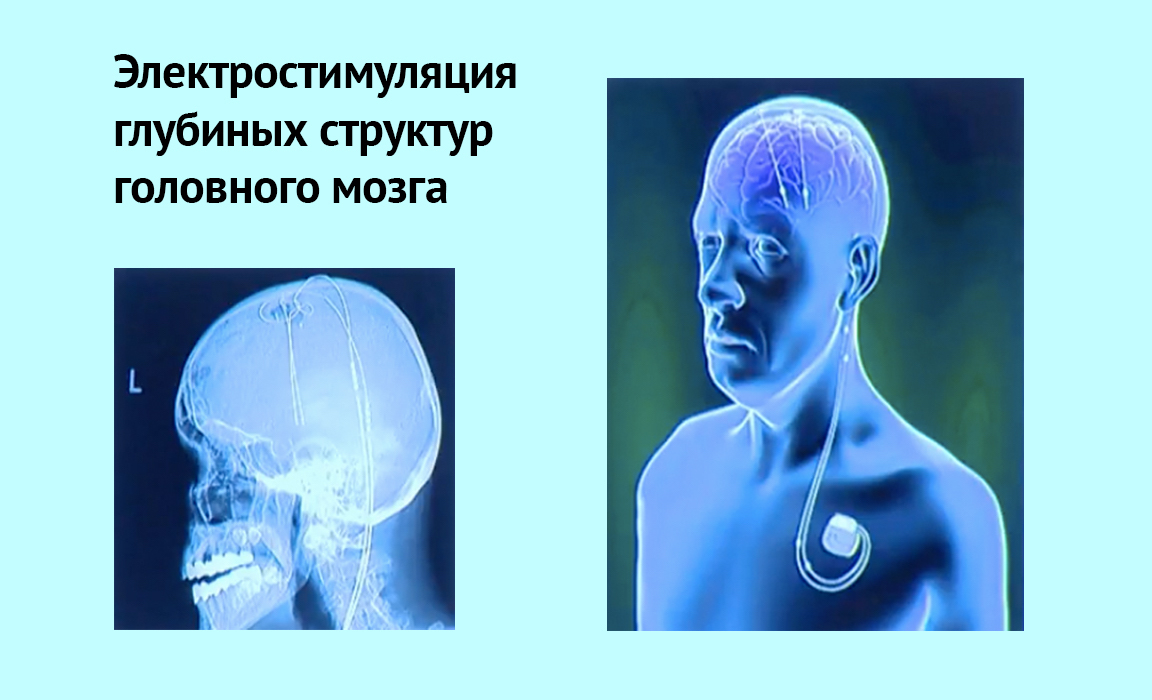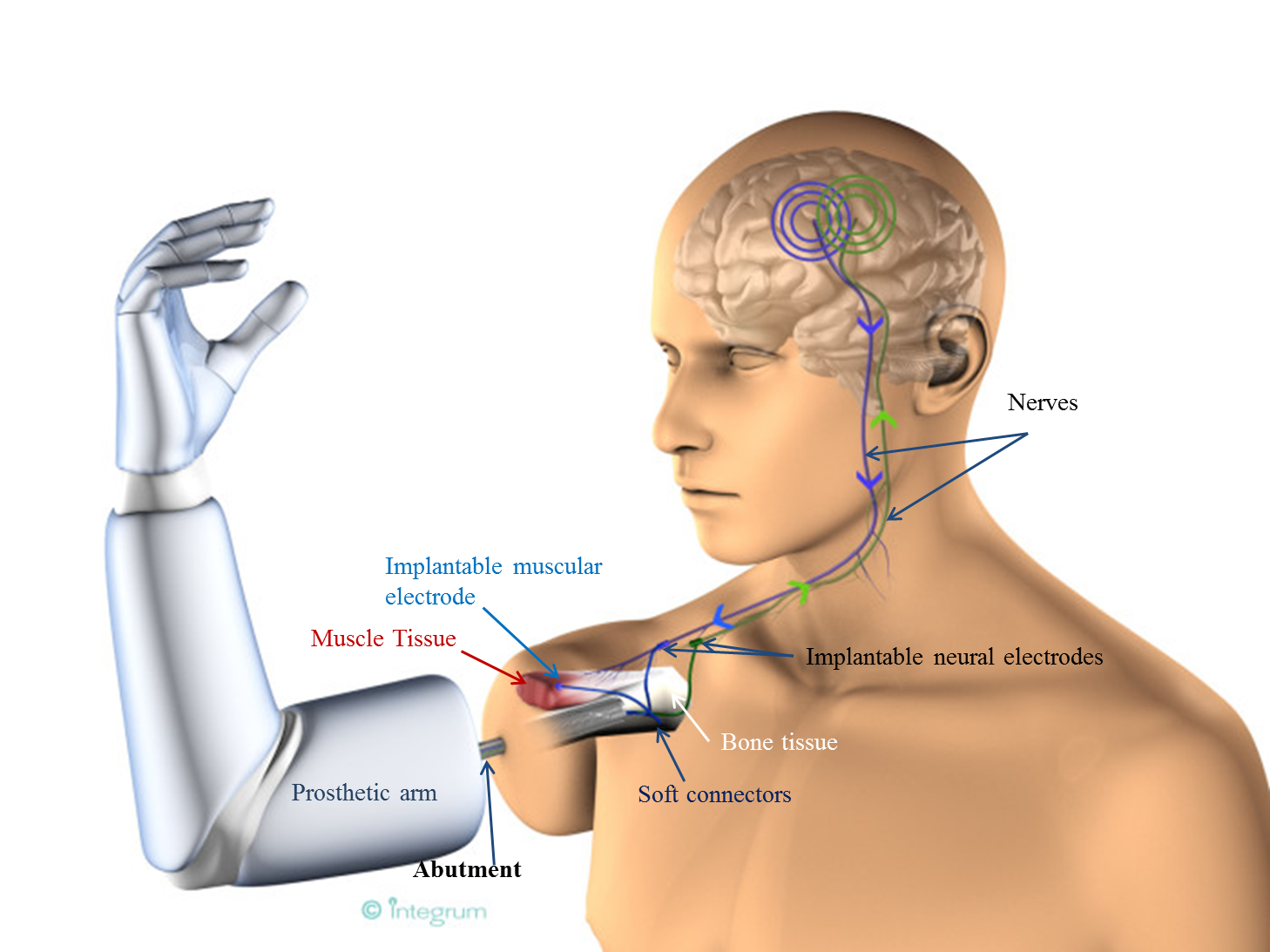Cyborg Island: We are starting to develop invasive microelectronics

For the motorist, the cyborg is a broad concept. Cyborgs are not only users of high-tech prosthetic hands like me or people with prosthetic legs. People with any kind of augmentation - neurostimulators, cochlear and cardiac implants, insulin pumps, pacemakers - they are all cyborgs. Our team has already learned how to make cyborg, complementing people with active and high-tech prosthetic hands , and we will continue to improve this area. But now we add a new one - invasive microelectronics.
We plan to develop microelectronics for medical and non-medical areas.
Invasive Medical Microelectronics
There are a number of approved medical indications in which neuromodulation helps a person to get rid of the manifestation of certain diseases. According to some indications, developments are already underway or they are being applied at the level of experiments. The picture below perfectly demonstrates when neuromodulation is useful. The illustration is not new, now some developments from the right column have already moved to the approved readings.

Neuromodulation occurs as follows. A stimulator is placed under the patient's collarbone, and two electrodes are implanted into a specific area of the brain. Before implanting a permanent electrode, the surgeon “probes” the brain with a temporary electrode in search of a target - an incorrectly functioning part of the brain. When the target is determined, two small electrodes are implanted already, which will supply a specific current parameter and block the signal from this part of the brain.
The patient is conscious during the operation.

The stimulator is configured from external media and works 24 hours a day. Here are two vivid examples of such an operation. The first video of a man has Parkinson’s disease. The stimulator blocks the area of the brain that is responsible for tremor. When the stimulator is on, the patient does not have hand and body tremor.
And here is the second example. The boy began to develop torsion dystonia, a disease in which the person literally twists. He was diagnosed on time and underwent surgery. The result is impressive.
Both of these operations were performed by the neurosurgeon of the FEFU medical center Arthur Biktimirov. He is also actively involved in Cyborg Island. There are many interesting cases in his practice, I will somehow tell you about them in a separate article. About 1000 operations a year are carried out in Russia, and the need is several times higher - tens of thousands. And that if you do not take into account the treatment of pain and other nosologies, then we will talk about hundreds of thousands. Meanwhile, in 2017, devices worth $ 19.4 billion were implanted in the world. By 2025, this figure will increase to $ 43.25 billion.
Accessibility in Russia for such medical intervention is very low. For example, the cost of one dbs implant (deep brain stimulator) for stopping tremor in Parkinson's disease is 1 million rubles.
And now about neurostimulators that are not available in Russia. For example, this is the first feedback system of the Neuropace RNS System. These are stimulants for people with epilepsy. Several electrodes are implanted into the brain. The system continuously removes the encephalogram and at the moment when the patterns of epiactivity are recorded, current is supplied, and this activity is silenced. So, an epileptic seizure does not occur. On the video you can see the principle of this system.
And one more example of technology, about which one can only dream so far. These are the so-called bridge-technologies, now they are at an experimental stage. They come to the rescue if a section of the brain or spinal cord or peripheral nerve has died, that is, the signal path from the cerebral cortex to an organ has been disrupted. This link can be restored. An electrode is installed on the corresponding brain area, which collects and transmits information to a computer. The computer in turn analyzes the received data and converts it into a signal that sends, for example, to the hand, as in the case of video.
Invasive non-medical microelectronics
If we talk about non-medical use, then we are primarily interested in the possibility of authentication. A chip with information sewn onto it is implanted under the skin, and with its help you can get access to a computer, telephone, open a lock, and so on, such a geeky application :) And of course, it’s also interesting to implant the chip with reference to a bank card so that make purchases literally with one touch on NFC.
We have already begun the R & D process and are now completing the team (whom we are looking for, see the end of the article), our goal is to develop devices, conduct their rapid testing and bring them to the market. To do this, we will create a Russian cybermedicine cluster, which will become the leader in the niche of medical microelectronics. An important aspect will be the accessibility of people to developments that will qualitatively improve their lives. And mine, including, for example, will allow me to feel my prosthesis.

Cyborg Island
Under the development of invasive microelectronics, we launched the project “Cyborg Island”. This name was born this way: we have added our love for cyborg and Russian Island, where this project will be implemented on the basis of the Far Eastern Federal University (FEFU). There were several reasons to choose this place.
- Free port of Vladivostok (8 days visa-free regime);
- A modern medical center on the territory of FEFU;
- University scientific base;
- The proximity of the largest market for high-tech medicine - the countries of the Asia-Pacific region
Teams that develop various kinds of components for cyborgs, or, in more human terms, invasive microelectronics and various means of rehabilitation, will be able to connect to the Island. If you are doing something in this area or you know someone, write in the comments what you are doing or share links to projects that are worth your attention.
Now in the “Cyborg Island” there are projects of students from the hackathon Neurostarte, which was held at FEFU last May:
- Development of a neurostimulator;
- Rehabilitation exoskeleton of the upper limb;
- Implantable neurostimulator for sensing prostheses;
- Bionic prosthetic foot and lower leg;
- Application for the diagnosis and monitoring of patients with Parkinson's disease;
- Neural interface to control the service robot;
- Biometric EEG authentication.

Welcome to the island!
According to our roadmap, the project’s operational activities will begin in 2020, which means that development will start. Therefore, we have opened several vacancies on the Island - a leading engineer and project manager . So, visionary engineers, skeptic engineers and other engineers who are ready to build the future, see the links for a description of the vacancies. Want to build with us a real Cyborg Island? Then we wait for your letters.
Well, for now I will be glad to read your questions and, in general, considerations. Share in the comments.
PS: by the way, in a telegram it is sincere to talk about cyborg, AI and other delights of the present and future on our channel Cyborg Territory .
